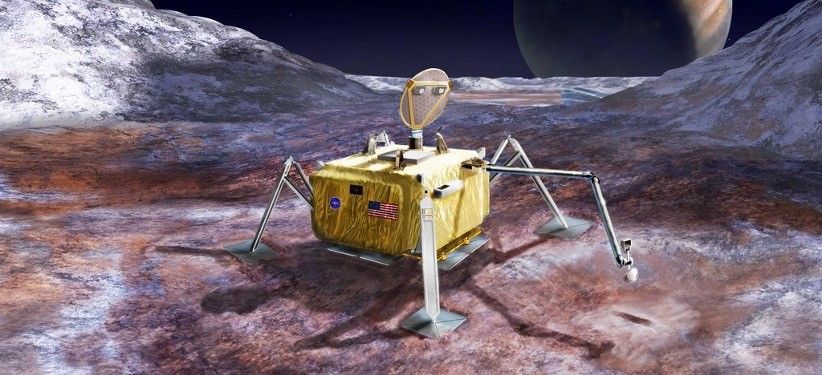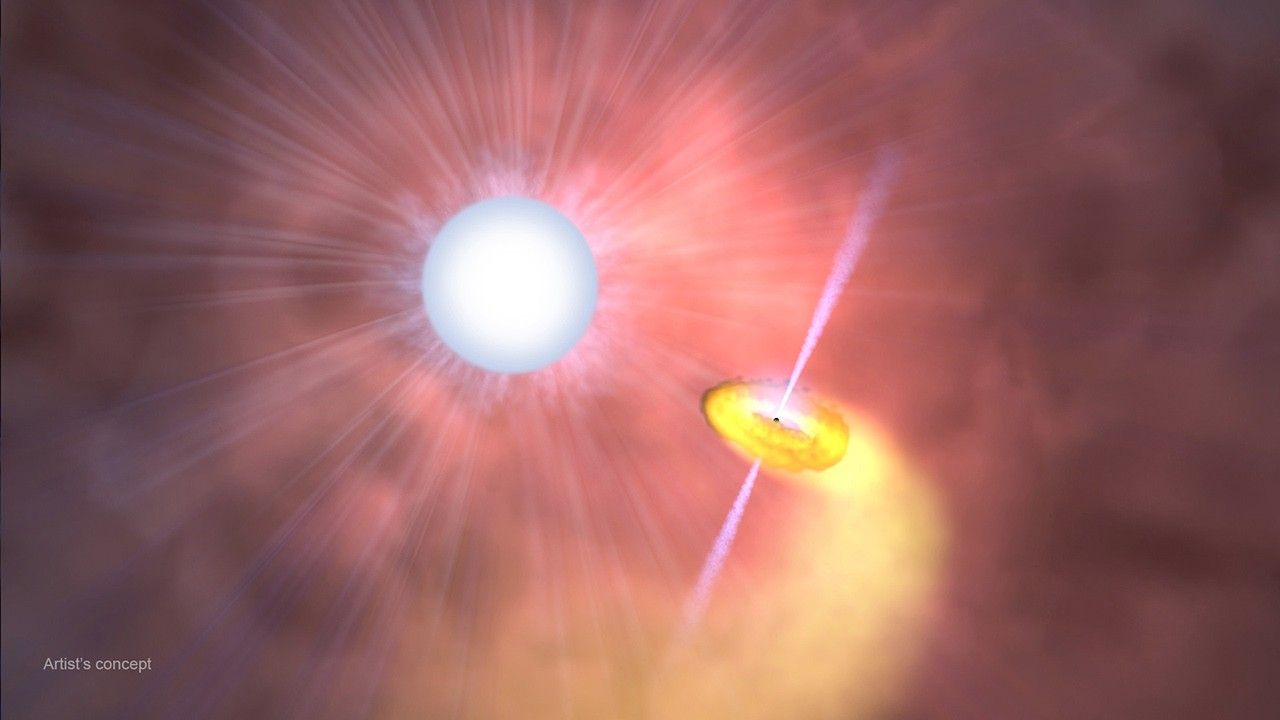NASA has selected a new pathfinding CubeSat mission to gather data not collected since the agency flew the Dynamics Explorer in the early 1980s.
The new mission, called Dione after the ancient Greek goddess of the oracles, will carry four miniaturized instruments to study how Earth’s upper atmospheric layers react to the ever-changing flow of solar energy into the magnetosphere — the enveloping bubble of magnetic field around Earth that deflects most of the particles that erupt from the Sun. Earth’s upper atmosphere is where most low-Earth-orbiting satellites reside, and their orbits are strongly affected by sudden density changes created by space weather.
Expected to launch in 2022, Dione will help give scientists insights into these physical processes — which contribute to atmospheric drag, a process that causes low-Earth-orbiting satellites to prematurely reenter the atmosphere — and provide data needed to improve space weather forecasts.
“As more aspects of everyday lives depend on the predictable functioning of satellites in low-Earth orbit, the understanding and ability to forecast the impact of space weather on these assets has become a national security need,” said mission Principal Investigator Eftyhia Zesta, a scientist at NASA’s Goddard Space Flight Center in Greenbelt, Maryland. “Measurements traditionally gathered by larger, more costly satellites must now be accomplished by thinking out of the box — or rather inside a CubeSat box. Dione will open the way for accomplishing exactly that.”
The pathfinding Dione spacecraft is a prototype. It would complement the conceptual Geospace Dynamics Constellation, a mission proposed by the 2013 Heliophysics Decadal Survey, which, if developed, would gather similar data from multiple similarly equipped spacecraft, Zesta said. “Our team wants to show we can do this type of measurement with a CubeSat and eventually fly Dione-type spacecraft in a constellation,” Zesta said.
With a constellation, scientists could collect simultaneous, multi-point observations of Earth’s ionosphere and thermosphere, to learn more particularly how these upper atmospheric layers respond to energy dumped from the magnetosphere.
First Data Since the Dynamics Explorer
Dione will provide the first set of energy input data and ionospheric-thermospheric data in more than three decades. “We haven’t gathered this type of specific data since NASA launched the Dynamics Explorer in 1981,” said Zesta, whose team includes Deputy Principal Investigator Marilia Samara and Dione System Engineer Jaime Esper as well as a number of Goddard and university scientists providing the instruments. The Dynamics Explorer consisted of two satellites that investigated interactions between plasmas in the magnetosphere and those in Earth’s ionosphere.
However, it will accomplish these goals with distinct differences. Where the Dynamics Explorer gathered data maybe once every three orbits, Dione will collect measurements from successive orbits due to Dione’s lower power requirements and miniaturized systems. It will also do this from a much smaller platform — a shoebox-sized, 6U platform that leverages experience gained from the Goddard-developed Dellingr spacecraft. A team of Goddard engineers and scientists specifically developed Dellingr to improve the reliability and robustness of these tiny spacecraft, but at a dramatically reduced cost. Dellingr launched in 2017.
Densely Packed Platform
“This will be perhaps the most densely packed CubeSat ever flown,” Esper added. “We’re flying four science instruments and one engineering experiment in a 6U CubeSat. That’s very unusual.”
Three of the instruments will be provided by Goddard; all were developed with funding from Goddard’s Internal Research and Development program and all have either flown or are slated to fly during upcoming CubeSat or suborbital missions.
They include a flight-proven fluxgate magnetometer, which debuted on Dellingr’s maiden flight, and the Ion-Neutral Mass Spectrometer (INMS), another instrument that flew on Dellingr as well as on a National Science Foundation-funded mission called ExoCube. On both Dellingr and ExoCube, the INMS was slated to measure the matter that creates atmospheric drag on satellites. Goddard’s third contribution, the Dual Electrostatic Analyzer will fly on Endurance, a pioneering mission that will directly measure a particular component of Earth’s electrical field generated in the ionosphere.
Utah State University and Virginia Tech are providing the fourth instrument, the Gridded Retarding Ion Distribution Sensor (GRIDS). GRIDS is designed to measure the distribution, motion, and velocity of ions and will fly on the Goddard-developed PetitSat mission scheduled to launch in 2021.
Zesta said she conceived the Dione concept several years ago while still working with the U.S. Air Force. “I came to NASA (in 2012) and the dream didn’t die,” Zesta said.
For more information about Goddard technology, go to: https://www.nasa.gov/wp-content/uploads/2020/05/spring_2020_final_web_version_0.pdf?emrc=6b0cdf
By Lori Keesey
NASA Goddard Space Flight Center






























